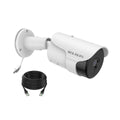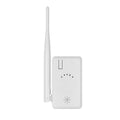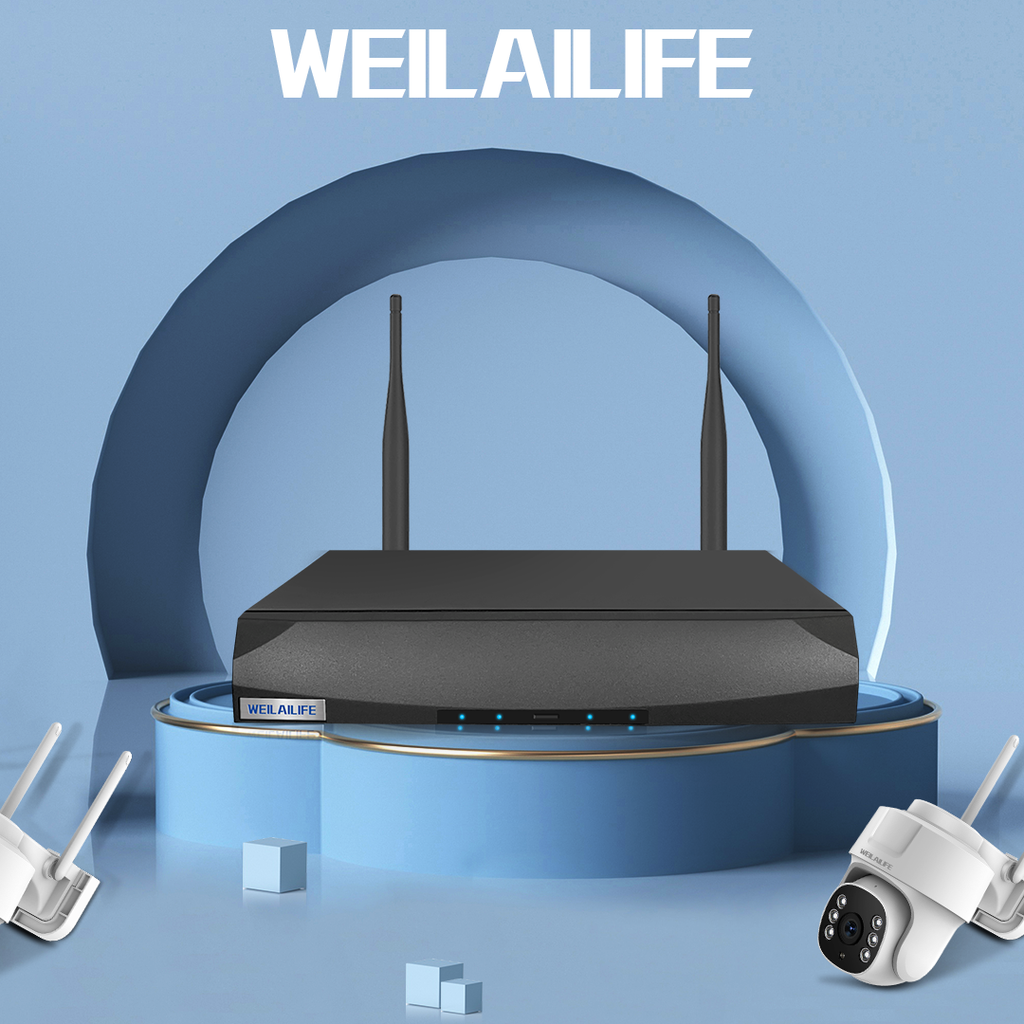Solving Blind Spots in Surveillance Camera Systems from the Perspective of WEILAILIFE Brand
Introduction:
Security and surveillance systems have become widely used to protect businesses and homes from theft and other security threats. However, incidents of theft continue to occur due to blind spots in the surveillance camera coverage. Thieves take advantage of these gaps in the surveillance and remain undetected. This article, from the perspective of the WEILAILIFE brand, will explore effective methods to address blind spots and enhance the installation of security camera systems.
Isolating Surveillance Cameras in High Electromagnetic Interference Environments:
To ensure uninterrupted surveillance, it is essential to isolate the surveillance cameras from strong electromagnetic interference. This can be achieved by ensuring that the cameras are properly grounded and insulated from the surrounding electrical environment.
Ideal Camera Installation Height and Position:
Proper camera placement is crucial to eliminate blind spots and maximize surveillance coverage. For indoor areas, the cameras should be installed at a minimum height of 2.5 meters above the ground, while for outdoor areas, the height should be no lower than 3.5 meters.
Installing Cameras in Elevator Cabs:
When installing surveillance cameras inside elevator cabs, they should be positioned above the doors on the left or right side. This placement allows for effective monitoring of the facial features of passengers inside the elevator.
Ensuring Secure and Coordinated Camera Setup:
All camera components, including lenses, protective housings, brackets, and wipers, should be securely installed to prevent tampering or damage. Additionally, the camera setup should blend seamlessly with the surrounding environment to avoid drawing unwanted attention.
Proper Cable Management:
To maintain a neat and organized installation, all cables should be placed in designated cable trays with proper labeling and identification. External cables should be protected using flexible conduits without interfering with the camera's pan and tilt movements.
Surveillance Camera Control Equipment Installation:
Organized Cable Arrangement:
In the control room, all cables should be neatly arranged in cable trays with clear labeling and permanent markings for easy identification and maintenance.
Secure and Properly Positioned Control Consoles:
Control consoles and equipment racks should be installed in accordance with the design requirements, ensuring stability and ease of operation and maintenance. There should be adequate clearance between the back or side of the equipment and the wall to facilitate repair and maintenance activities.
Considerations for Display Monitors:
Display monitors should be shielded from direct sunlight to prevent glare. If unavoidable, appropriate measures should be taken to minimize the impact of external light. Proper ventilation and secure connections for equipment inside the control consoles or racks are essential.
Conclusion:
Addressing blind spots in surveillance camera systems is crucial to enhance security measures and deter potential threats effectively. The WEILAILIFE brand prioritizes the installation of surveillance cameras following specific guidelines to ensure comprehensive coverage and reliability. By adopting these methods and adhering to professional installation practices, businesses and homeowners can benefit from an efficient and robust security camera system, providing peace of mind and protection against security breaches.
Security and surveillance systems have become widely used to protect businesses and homes from theft and other security threats. However, incidents of theft continue to occur due to blind spots in the surveillance camera coverage. Thieves take advantage of these gaps in the surveillance and remain undetected. This article, from the perspective of the WEILAILIFE brand, will explore effective methods to address blind spots and enhance the installation of security camera systems.
Isolating Surveillance Cameras in High Electromagnetic Interference Environments:
To ensure uninterrupted surveillance, it is essential to isolate the surveillance cameras from strong electromagnetic interference. This can be achieved by ensuring that the cameras are properly grounded and insulated from the surrounding electrical environment.
Ideal Camera Installation Height and Position:
Proper camera placement is crucial to eliminate blind spots and maximize surveillance coverage. For indoor areas, the cameras should be installed at a minimum height of 2.5 meters above the ground, while for outdoor areas, the height should be no lower than 3.5 meters.
Installing Cameras in Elevator Cabs:
When installing surveillance cameras inside elevator cabs, they should be positioned above the doors on the left or right side. This placement allows for effective monitoring of the facial features of passengers inside the elevator.
Ensuring Secure and Coordinated Camera Setup:
All camera components, including lenses, protective housings, brackets, and wipers, should be securely installed to prevent tampering or damage. Additionally, the camera setup should blend seamlessly with the surrounding environment to avoid drawing unwanted attention.
Proper Cable Management:
To maintain a neat and organized installation, all cables should be placed in designated cable trays with proper labeling and identification. External cables should be protected using flexible conduits without interfering with the camera's pan and tilt movements.
Surveillance Camera Control Equipment Installation:
Organized Cable Arrangement:
In the control room, all cables should be neatly arranged in cable trays with clear labeling and permanent markings for easy identification and maintenance.
Secure and Properly Positioned Control Consoles:
Control consoles and equipment racks should be installed in accordance with the design requirements, ensuring stability and ease of operation and maintenance. There should be adequate clearance between the back or side of the equipment and the wall to facilitate repair and maintenance activities.
Considerations for Display Monitors:
Display monitors should be shielded from direct sunlight to prevent glare. If unavoidable, appropriate measures should be taken to minimize the impact of external light. Proper ventilation and secure connections for equipment inside the control consoles or racks are essential.
Conclusion:
Addressing blind spots in surveillance camera systems is crucial to enhance security measures and deter potential threats effectively. The WEILAILIFE brand prioritizes the installation of surveillance cameras following specific guidelines to ensure comprehensive coverage and reliability. By adopting these methods and adhering to professional installation practices, businesses and homeowners can benefit from an efficient and robust security camera system, providing peace of mind and protection against security breaches.
Sample Block Quote
Nam tempus turpis at metus scelerisque placerat nulla deumantos sollicitudin delos felis. Pellentesque diam dolor an elementum et lobortis at mollis ut risus. Curabitur semper sagittis mino de condimentum.
Sample Paragraph Text
Lorem ipsum dolor sit amet, consectetur adipiscing elit. Morbi ut blandit risus. Donec mollis nec tellus et rutrum. Orci varius natoque de penatibus et magnis dis parturient montes, nascetur ridiculus mus. Ut consequat quam a purus faucibus scelerisque. Mauris ac dui ante. Pellentesque congue porttitor tempus. Donec sodales dapibus urna sed dictum.









